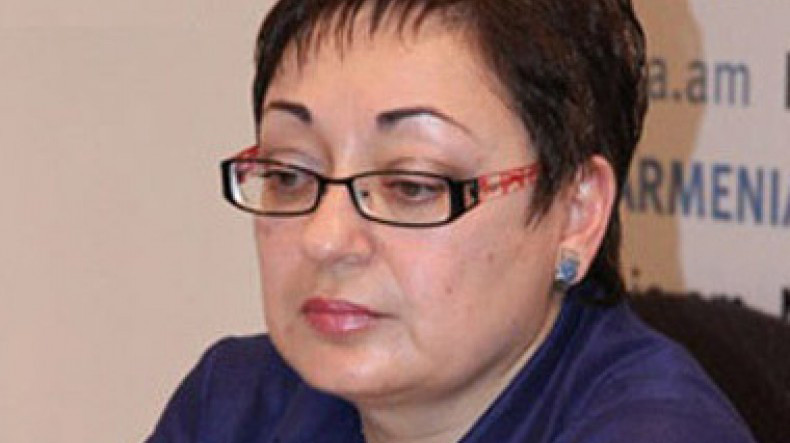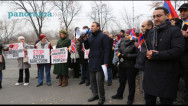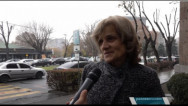
Marina Grigoryan: “Artsakh 2016: The Second Day of April” film shows that Azerbaijani AF had carefully planned the crime
Creators of the project “An Ordinary Genocide” will present a film dedicated to one of the most brutal episodes of the Four Day War of April in the Karabakh conflict zone - the murder of a twelve-year-old resident of Nerkin Chartar village of Artsakh, Vagharshak Grigoryan by the Azerbaijani Armed Forces, is ready in multiple languages.
“We’ve decided to create a series of films on the April events. The region was shocked by the murder of a schoolboy from the village of Nerkin Chartar, Martuni region, NKR, who was killed in a targeted bombing of the territory adjacent to the school. The film is called “Artsakh 2016: The Second Day of April”. The film features the accounts of Vagharshak Grigoryan’s relatives, his friends, who were seriously injured and survived miraculously, the villagers, as well as opinions of military experts. The stories of the adults and children leave no doubt that the Azerbaijani Armed Forces had carefully planned the crime, by observing the territory with drones. The school was hit simultaneously by 4 large calibre projectiles. One child died. If the explosions were heard a few minutes later, the number of victims would have been much more,” head of “An Ordinary Genocide” project, Marina Grigoyan said.
The 20-minute film is planned to premiere in the near future. After the premiere it will also be available on the internet.
Marina Grigoryan also informed that the group is working on a second film (to premiere by the end of the year) on the April event telling about the people who had to live through the tragedy of refuge again.
The project An Ordinary Genocide is implemented by the Public Relations and Information Centre of the Armenian President's Administration. A series of documentaries was made since November 2009 about the events in Sumgait, Baku and Maragha and during the Operation Ring. Besides, the website Karabakhrecords was launched, and a number of books were published, republished and translated. Brochures in Armenian, Russian and English were also released as a part of the project to provide detailed information about the events.
Newsfeed
Videos






























